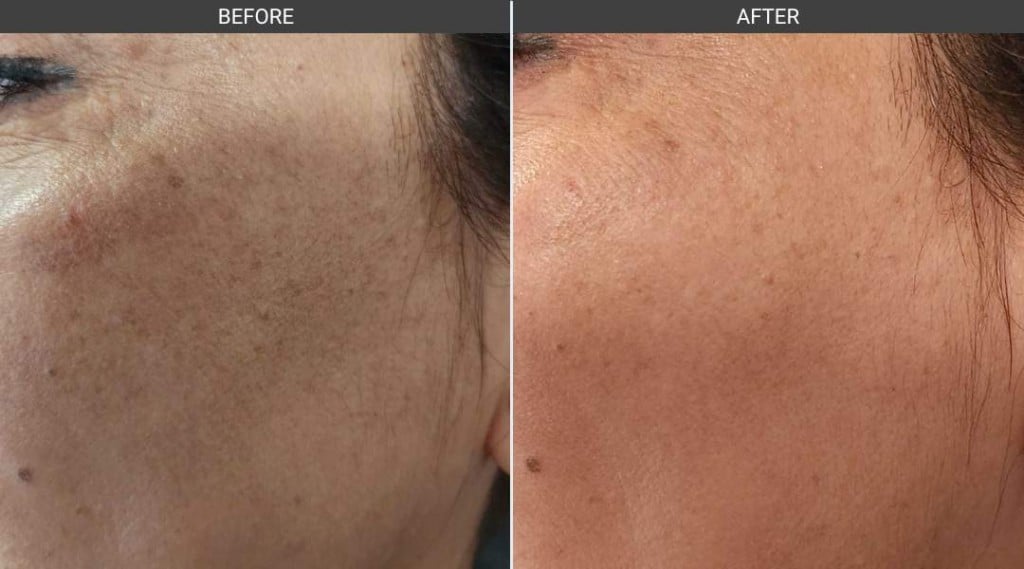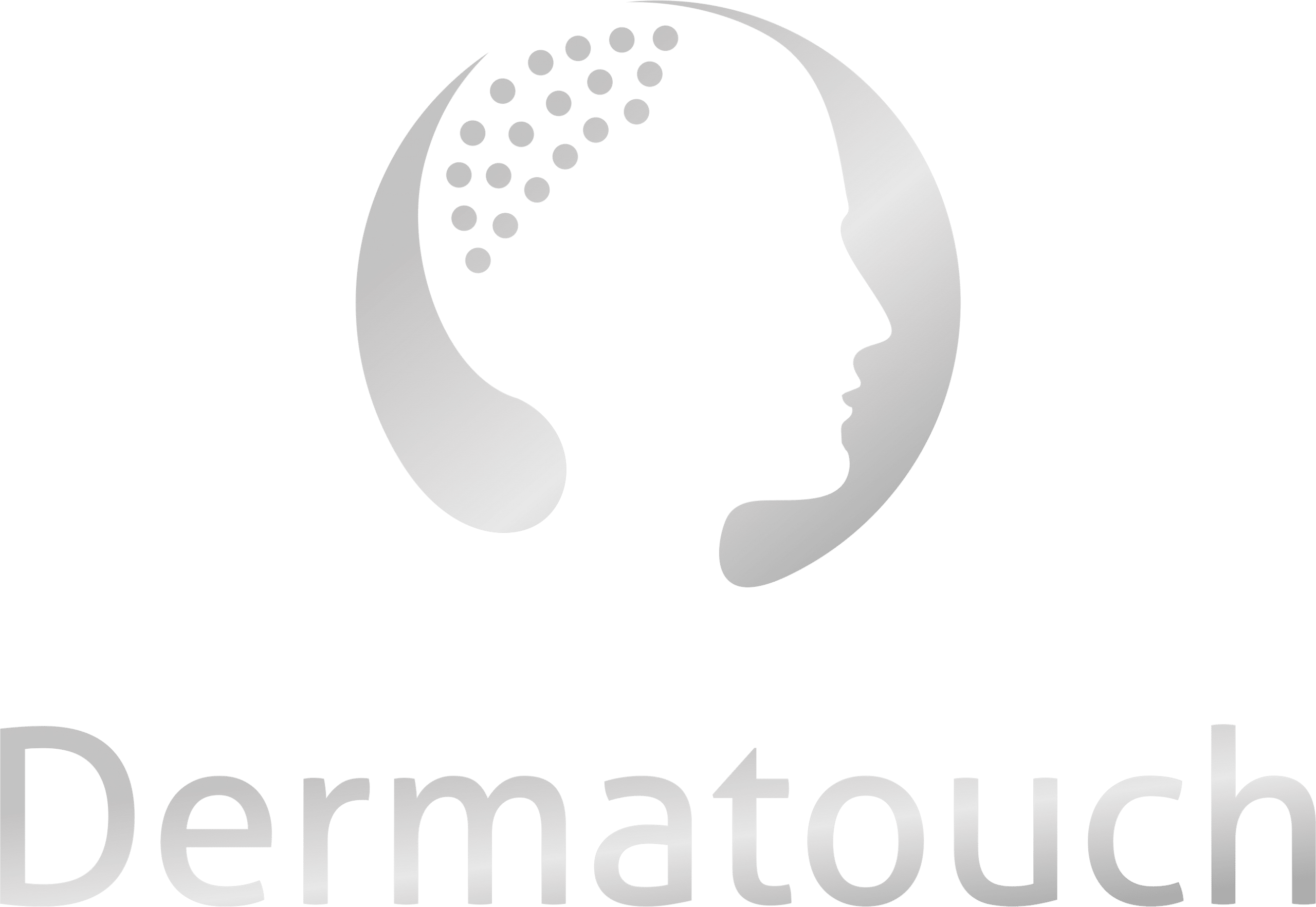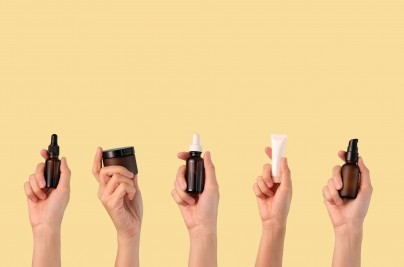The most frequent cause of facial scarring is acne.
Acne is related to food and the hormonal changes associated with puberty. Oils, sweat, and dirt cause the skin to swell and become clogged. This causes cysts to develop beneath the skin’s surface. As a result, the cheekbones and forehead develop atrophic scarring.
In recent years, micro-needling has become a popular non-invasive method to treat acne scars, wrinkles, or sun damage.
Microneedling is a therapy that employs controlled micro-injuries to stimulate your skin’s natural healing process and produce collagen.
So, how does microneedling combined with PRP improve the appearance of acne scars and blemishes?
What is platelet-rich plasma, or PRP?
Platelet-rich plasma (PRP) is a groundbreaking treatment that has been gaining popularity in recent years due to its ability to enhance healing. This injectable material is created by separating and concentrating blood plasma. PRP is rich in growth factors and other proteins that help stimulate tissue repair and regeneration.
So, how exactly is PRP made? Well, it all starts with a small sample of the patient’s blood. This sample is then placed into a centrifuge, which rapidly spins the blood, separating the platelets from the other blood components. The platelets are then concentrated within the plasma, creating PRP.
The use of PRP has become increasingly common in orthopedic and sports medicine, where it is used to treat a variety of injuries. PRP has also been used in cosmetic medicine to promote hair growth, rejuvenate the skin and reduce the appearance of acne scars.
By harnessing the power of the body’s own growth factors and proteins, PRP has the potential to revolutionize the way we approach healing.

How does microneedling affect acne scars?
According to clinical studies, microneedling therapies can minimize acne scars by as much as 50%.
Acne scars improve due to micropunctures during microneedling, encouraging new collagen synthesis. Moreover, the skin is stimulated to break down scar tissue, delivering nutrients and resources to the treated area through the produced microchannels. This improves your skin’s texture and color, lessening the appearance of acne scars.
Microneedling can be more effective when paired with PRP (platelet-rich plasma). Platelets are essential for the healing of acne scars, as they stimulate wound healing and promote the regrowth of collagen and elastin which keep skin healthy and young-looking.
How are PRP and Microneedling used together?
What exactly is microneedling with PRP? Simply put, it’s a procedure that involves injecting platelet-rich plasma (PRP) into the treated area during a microneedling session. This is a popular non-invasive treatment for treating acne scars and blemishes.
During a microneedling session, the small punctures that are created in the skin allow the PRP (platelet-rich plasma) to penetrate deeper and stimulate collagen production.
The result? A more youthful appearance, with reduced fine lines, wrinkles, and acne scars. Microneedling with PRP is a safe and effective treatment option, with minimal downtime and no major side effects.
How does Microneedling & PRP compare to other treatment methods for acne scaring?
Acne scars can be a persistent problem for many people, and finding the right treatment can be a daunting task. While there are many options available, micro-needling and PRP are one of the most non-invasive options.
PRP & Microneedling vs. Vitamin C

Recently, researchers at the Bowring & Lady Curzon Hospital in India conducted a study to investigate the effectiveness of PRP compared to vitamin C serum treatment after microneedling.
The study utilized the Goodman and Baron scar grading system to assess changes in scar visibility and depth. The results showed that the PRP treatment group had a significantly higher improvement rate compared to the vitamin C treatment group.
In fact, 18.5% of scars in the PRP group improved by two levels on the Goodman Baron scale, while only 7% of scars in the vitamin C group responded excellently. Additionally, 37% of the scars in the vitamin C group showed no improvement at all.
Is Microneedling or Laser Therapy more effective for Acne Scaring?
According to a recent study, microneedling and laser skin treatments are both effective methods to reduce the appearance of acne scars. Both treatments involve intentionally damaging the skin to stimulate a healing response. Although, they differ in terms of cost, recovery time, and potential side effects.
Furthermore, it was proven that when platelet-rich plasma (PRP) was added to laser treatment, it didn’t change the final result of the scar. However, it did help reduce redness, swelling, and pain on the PRP-treated side. This suggests that combining PRP with laser treatment can speed up the recovery time.
Professional Microneedling and PRP at Dermatouch
At Dermatouch in Richmond Hill, we offer professional micro needling with PRP therapy in a relaxing spa environment. Most patients are able to see noticeable improvements in their acne scarring after 3-4 microneedling and PRP sessions.
PRP and micro-needling consultations at our clinic are conducted by a medical professional. We recommend consulting with a doctor or medical professional before undergoing any treatment.
Feel free to contact us to book your free consultation.

More information on microneedling and PRP:




